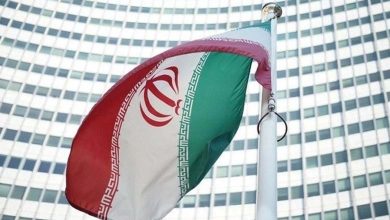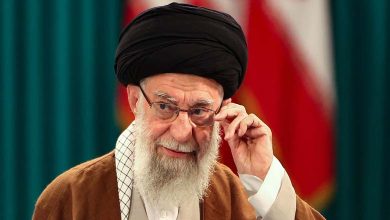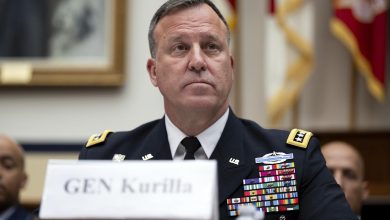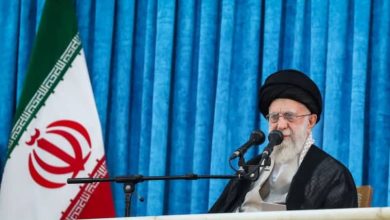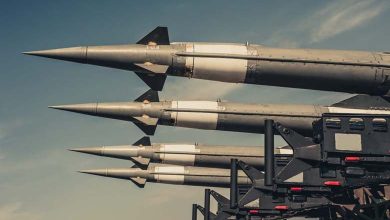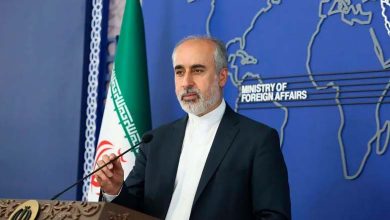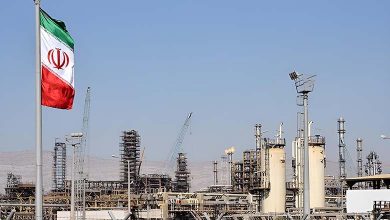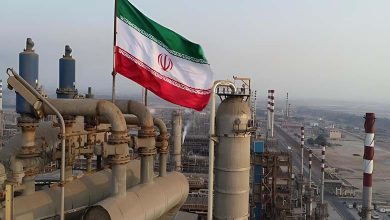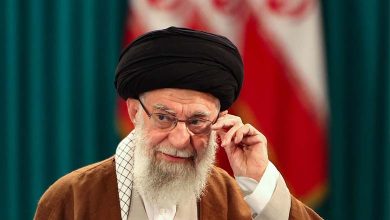Nuclear world’s guard: Has the Atomic Energy Agency lost its role?
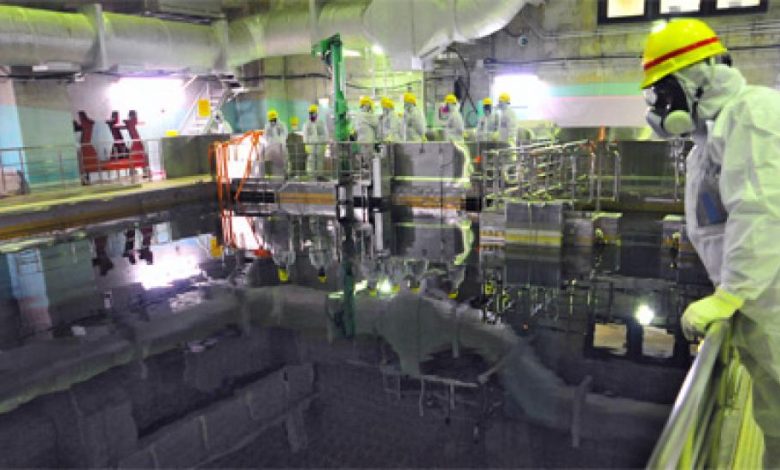
From Asia and Africa to North America, the map of nuclear anxiety is expanding – not so much from the use of military weapons as from the loss of the IAEA’s global role.
Since the start of the Russo-Ukrainian war, fears have mounted that Moscow might brandish nuclear weapons or shut down a Ukrainian nuclear plant, spurring a disaster.
These fears were not borne out by the news of the disappearance of “uranium” in Libya and the leakage of radioactive water from a nuclear plant in the United States, which raises important questions about the IAEA’s ability to maintain “nuclear guard” functions around the world.
In mid-March, the IAEA revealed that 2.5 tons of uranium stored at a Libyan site had disappeared, before it was reported that at least 400,000 gallons of radioactive water had leaked from a nuclear power plant in Minnesota.
The true shock of the radioactive water leak occurred in November, but U.S. officials publicly disclosed it only on Thursday.
What is the role of the agency?
The IAEA’s main role is focused on specific tasks under the International Convention for the Suppression of Acts of Nuclear Terrorism, which was approved by its Board of Governors in 2007.
The International Atomic Energy Agency is the world’s nuclear watchdog, in accordance with its Statute, which was issued on October 23, 1956 by the Conference on the Statute of the Agency held at the United Nations Headquarters and began its implementation on July 29, 1957.
IAEA assists to the fullest extent possible upon request by the State Party possessing the radioactive substance, radioactive device or nuclear facility, and transmits this information to other States Parties by the Director General of IAEA.
“Rafael Mariano Grossi, a veteran diplomat with more than 35 years of nonproliferation and disarmament experience, has been director general of the IAEA since 3 December 2019.”
The total number of IAEA member states stood at 176 as of January. North Korea withdrew in 1994 after joining the IAEA in 1974.
Recently, there has been growing joint criticism by some member states and the IAEA that the former does not fully report many “nuclear details” and that the latter is unable to fulfill its role as the ultimate guardian of protecting the world from nuclear catastrophes, as occurred in the Ukrainian crisis.
Russian forces gained control of the Zaporezia nuclear power plant in Ukraine, shortly after Moscow launched its military operation in Ukraine on February 24 last year.
The plant has been repeatedly bombed over the past year, with Moscow and Kiev accusing each other of raising the risk of a nuclear catastrophe in Zaporea.
The International Atomic Energy Agency has called for the establishment of a safe zone around the plant to prevent further damage from shelling and heavy weapons use.
Last December, the International Atomic Energy Agency announced missions to “protect” five nuclear power plants in Ukraine, including the most sensitive site, Zaporizhia.
A Fearsome Global Arsenal
Major concerns are linked to the world’s arsenal of nuclear weapons, with nine countries possessing nearly 12,700 warheads as of early 2022.
Nearly 90% of all nuclear warheads are owned by Russia and the United States, each with about 4,000 warheads in their military stockpiles, while no other nuclear-armed state believes that more than a few hundred nuclear weapons are needed for national security.
While the overall stockpile of nuclear weapons is declining, the pace of reductions is slowing compared to the past 30 years, and these reductions are occurring only because the United States and Russia are still dismantling previously withdrawn warheads.
In contrast to the general stockpile of nuclear weapons, the number of warheads in global military stockpiles — which include those for operational forces — is again increasing.


